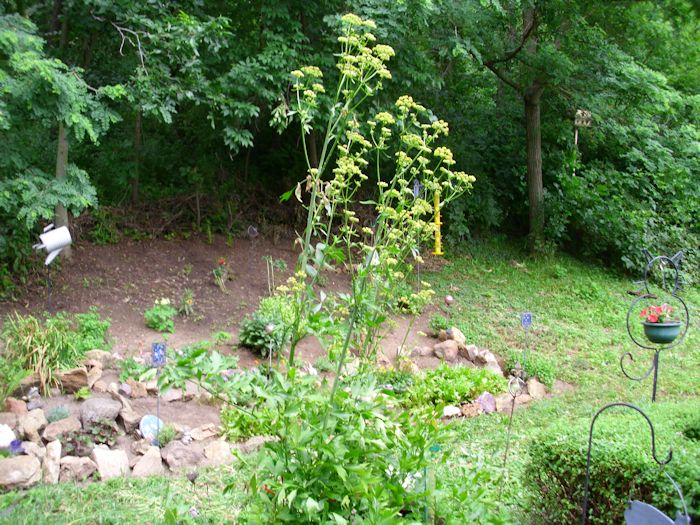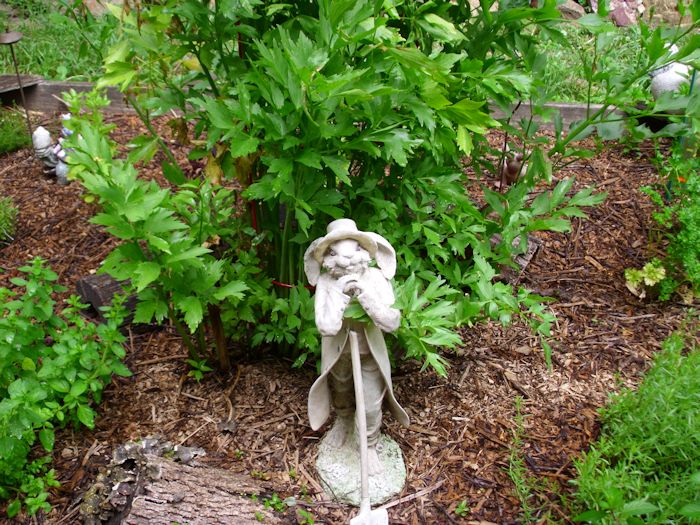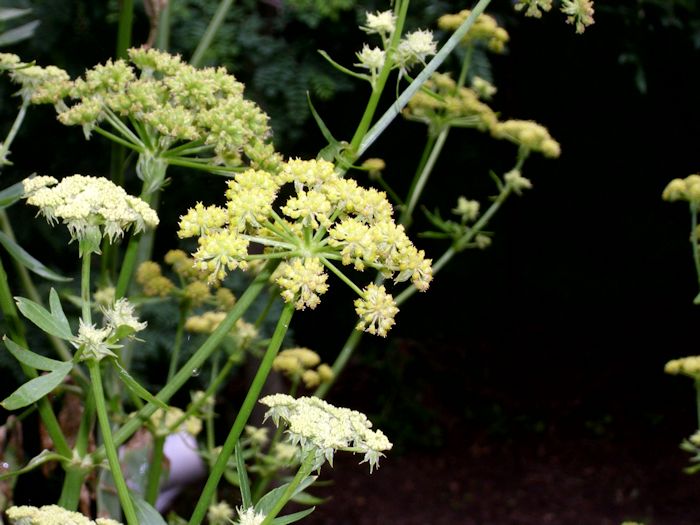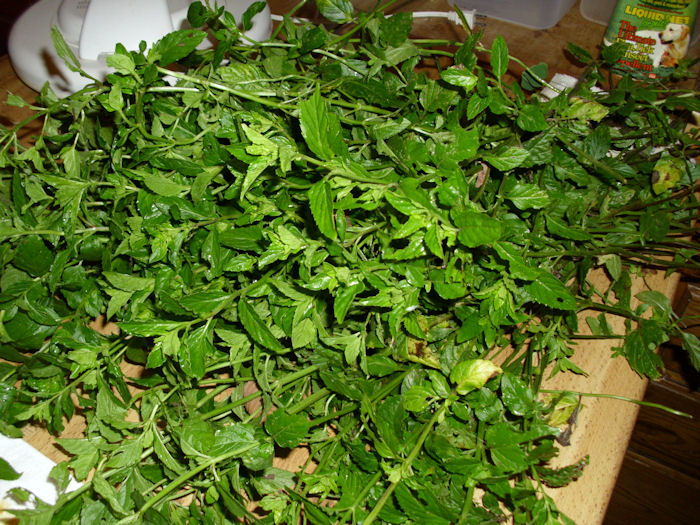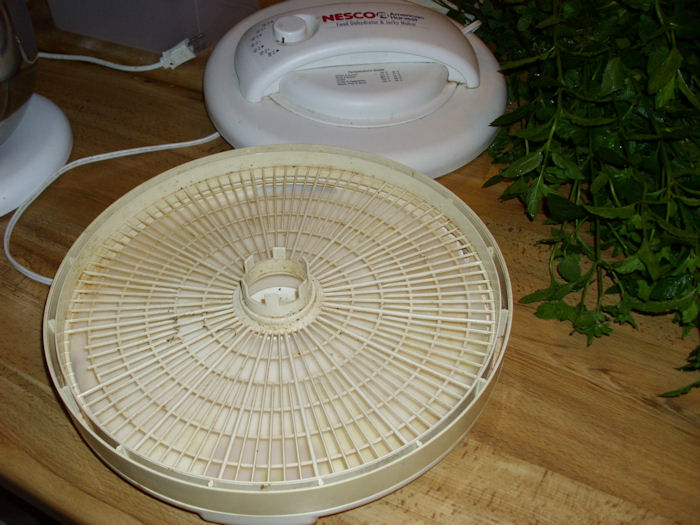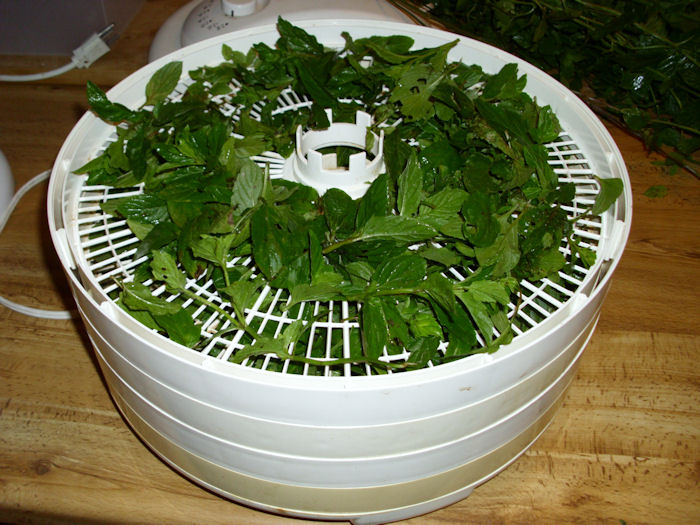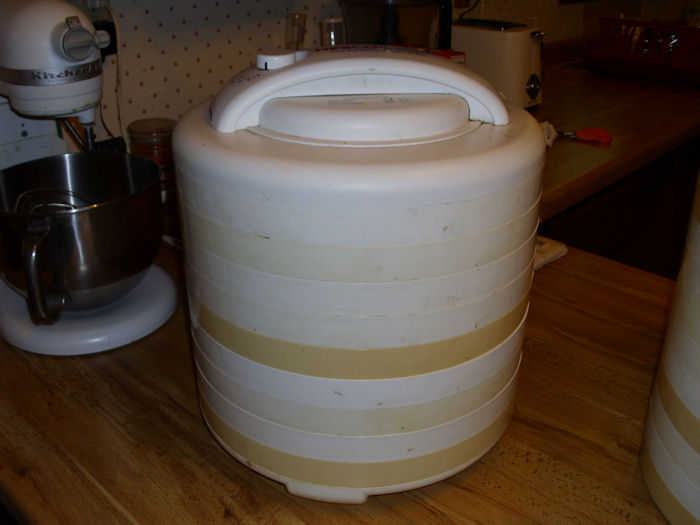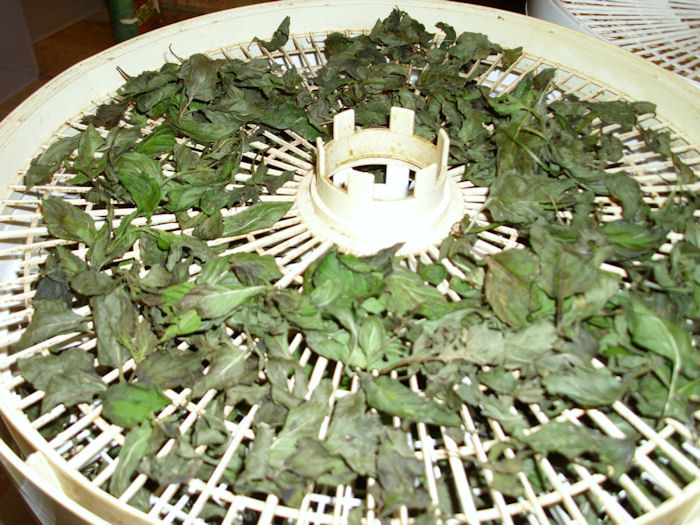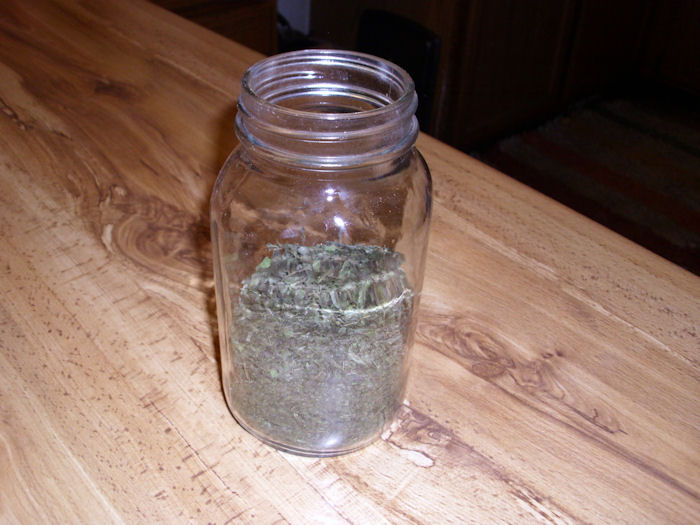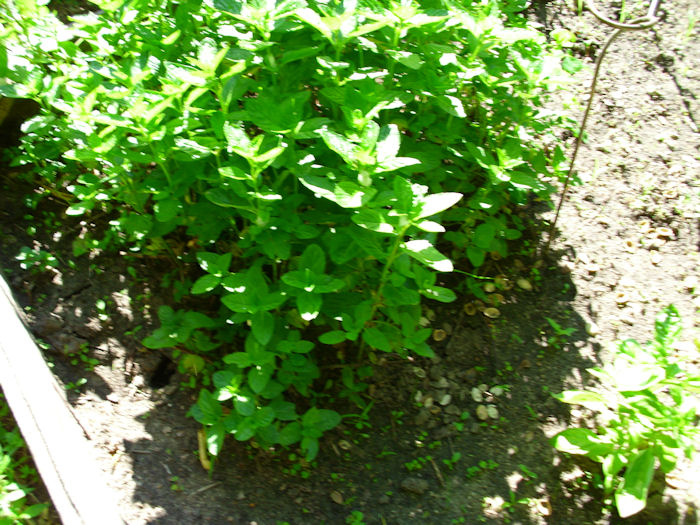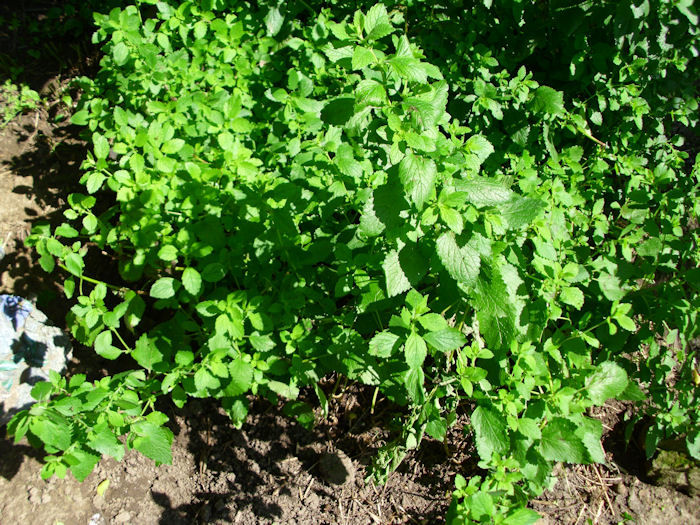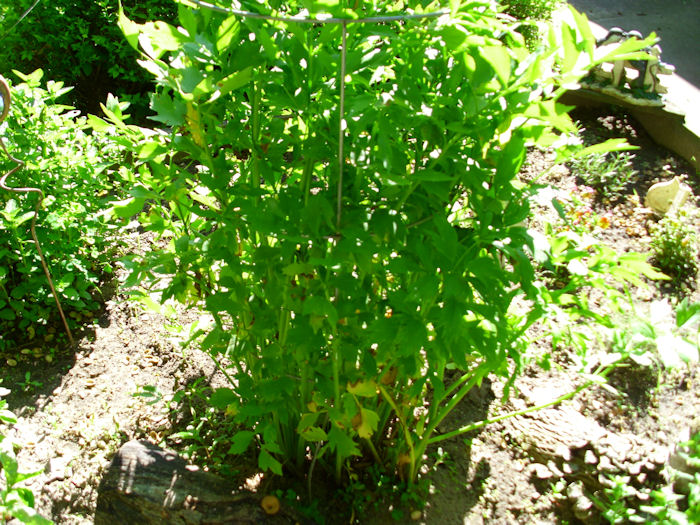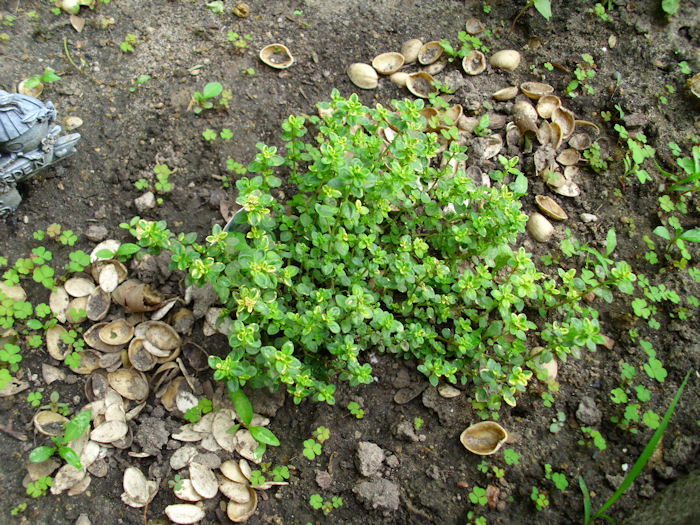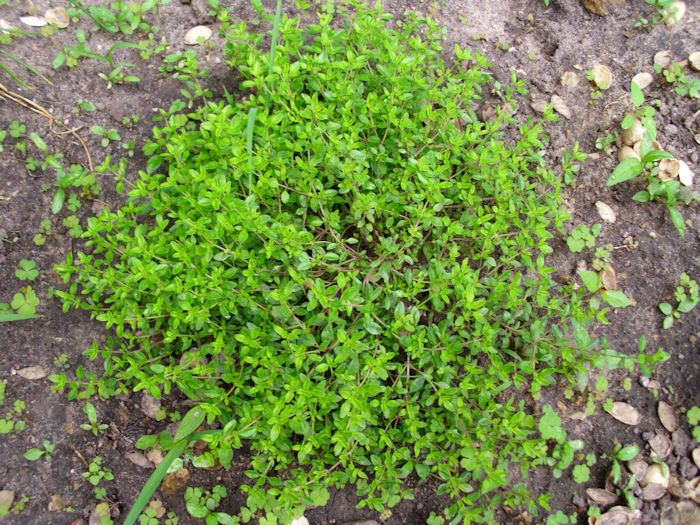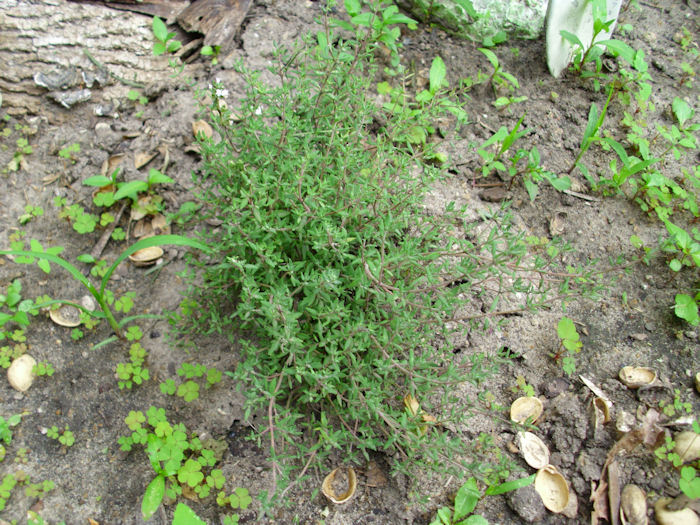The seed catalogs begin to arrive in the mail and you look upon them as a bit of pure heaven—the announcement that spring is on the way. Your eyes nearly pop out as you see the multicolored carrots, juicy tomatoes, and fragrant herbs. The new kinds of fruit trees immediately attract your attention, and what about that amazing new berry bush that will pack your freezer with sumptuous berries? You go into a mix of information and appetite overload and you consider just how those new offerings will satiate your cravings for all things fresh. However, before you go into a swoon over the latest delights, consider the fact that you probably don’t need them all. Your larder is craving things too! The items you’ve used up have created gaps in the deliciousness that your larder can provide during the winter months when fresh simply isn’t an option.
Of course, everyone loves to experiment. After all, that’s how I found kabocha squash this past summer—that delectable mix of sweet and savory that will likely find its way into a pie this upcoming fall. Had I known then what I know now, I would have planted more and canned the extra as an alternative to using pumpkin for pies. Lesson learned, more kabocha squash will find their way into the mix this year, alongside the butternut and acorn squash I love so well.
Back to the larder though. You probably don’t have any idea of where the holes are right now and you really do need to find out. That’s why you need to perform an inventory of your larder. The inventory will tell you about the items you need most. This year I’ve decided to try canning three bean salad, which means growing green, yellow wax, and kidney beans. However, I already have enough green beans in quarts in the larder, so I won’t make a big planting of green beans.
Your larder inventory should include more than a simple accounting. As you go through your larder, you should also perform these tasks:
- Ensure all of the canned goods are still sealed
- Wipe the jars down to remove the dust
- Verify all of the oldest products are in the front
- Make a list of products that are more than five years old so you can use them up
- Place all the empty jars in one area
- Sort the jars by type (both size and the kind of lid used)
Taking these extra steps will help you get a better handle on your larder. You should have a good idea of what your larder contains at all times and the only way to achieve that goal is to actually look at the containers. Let me know your thoughts about larder management at [email protected].

